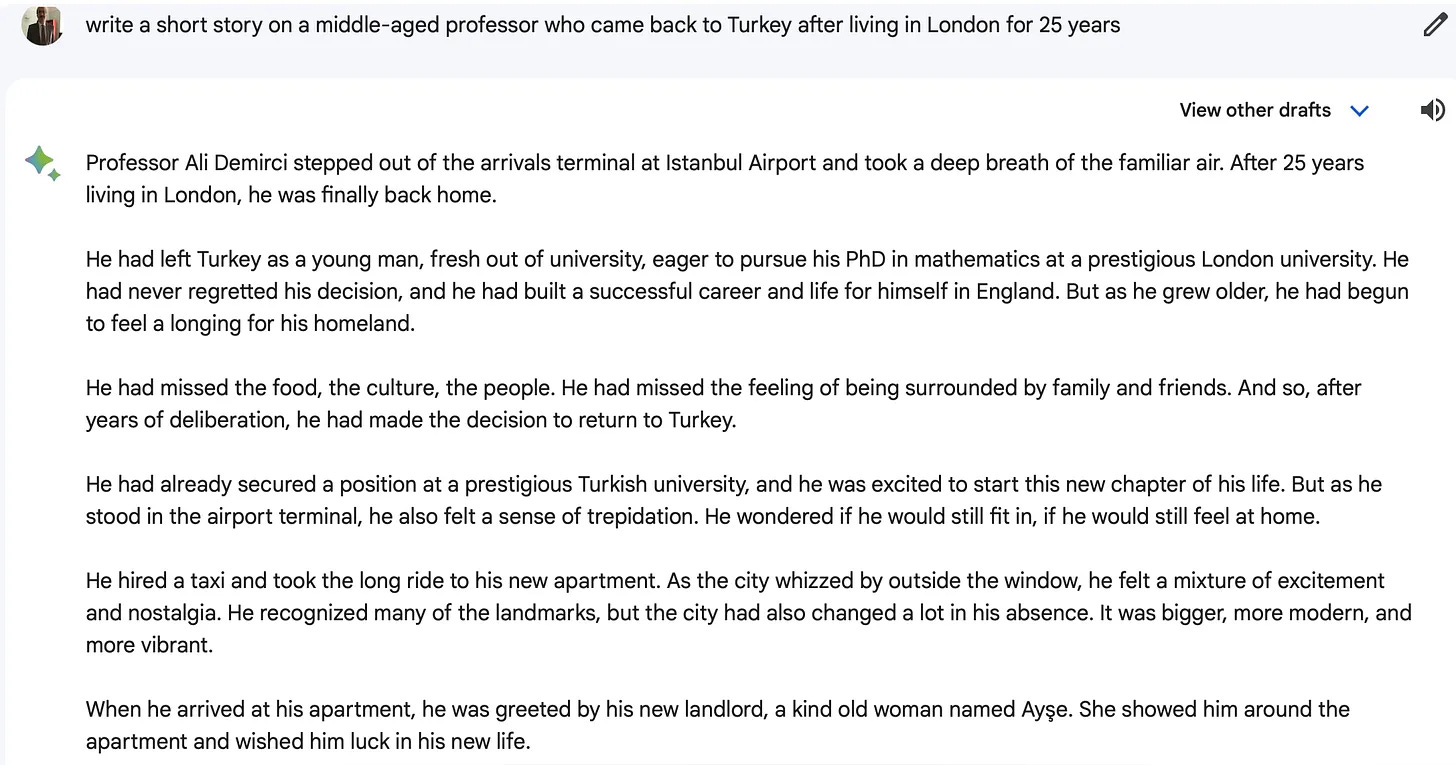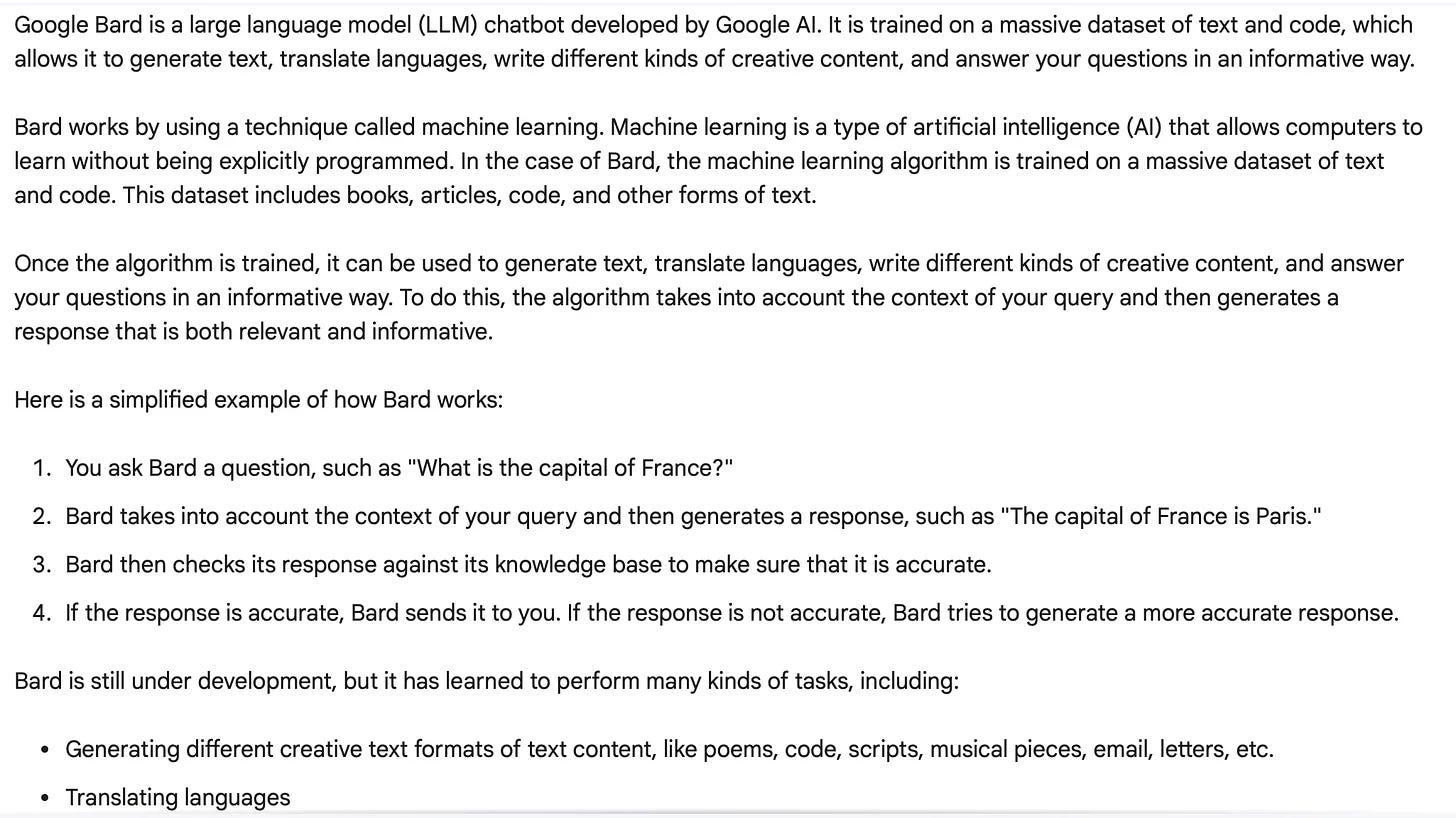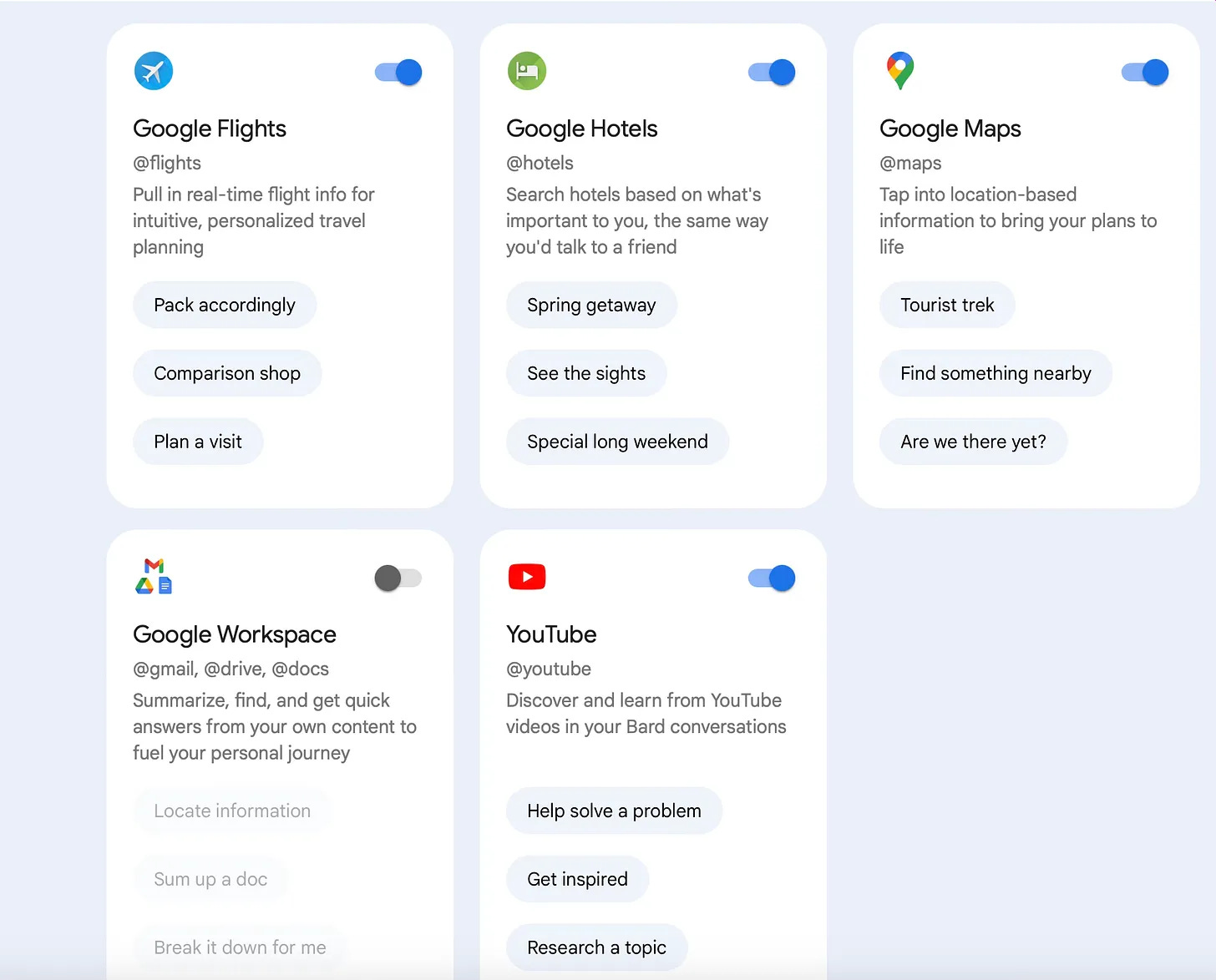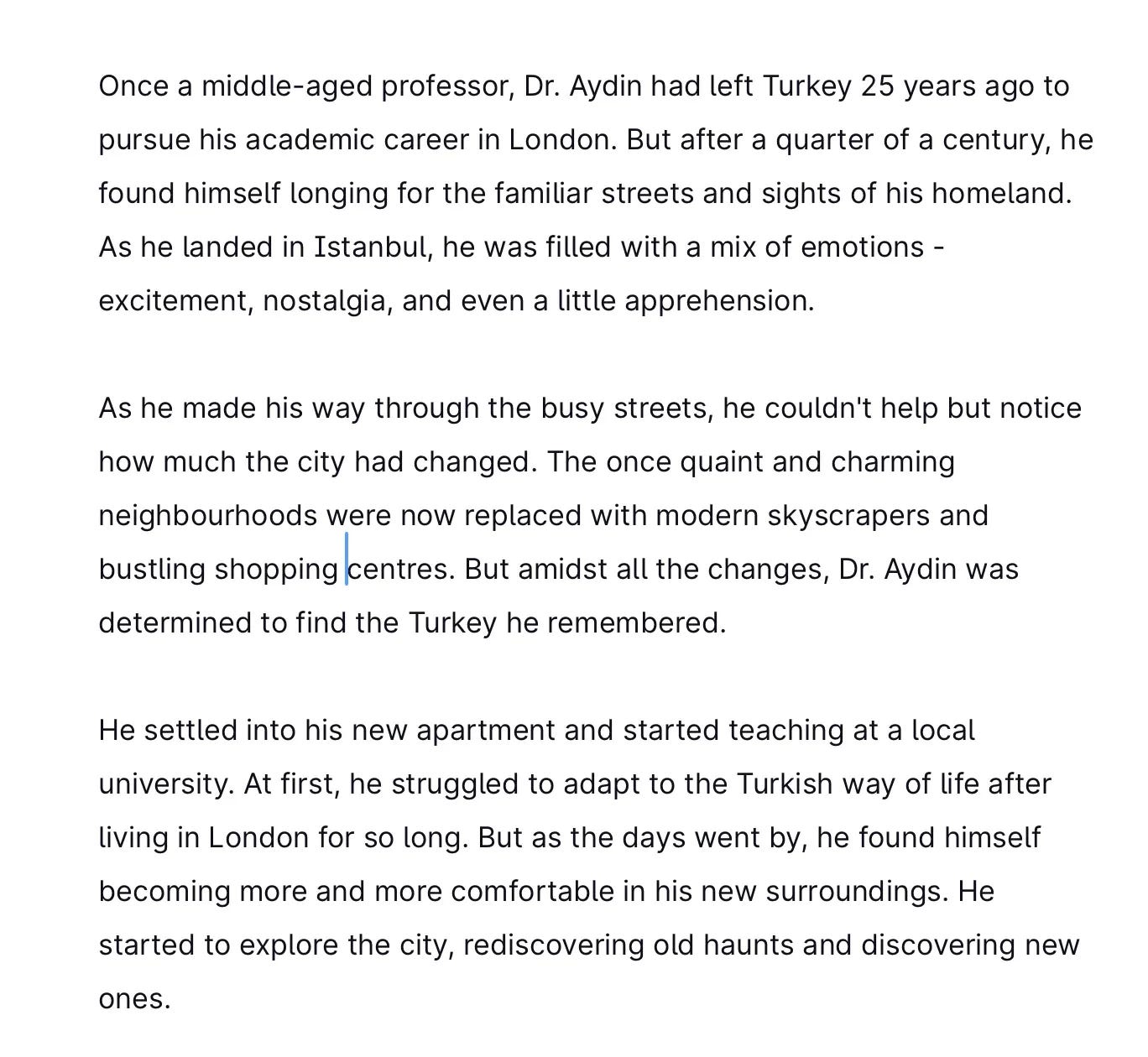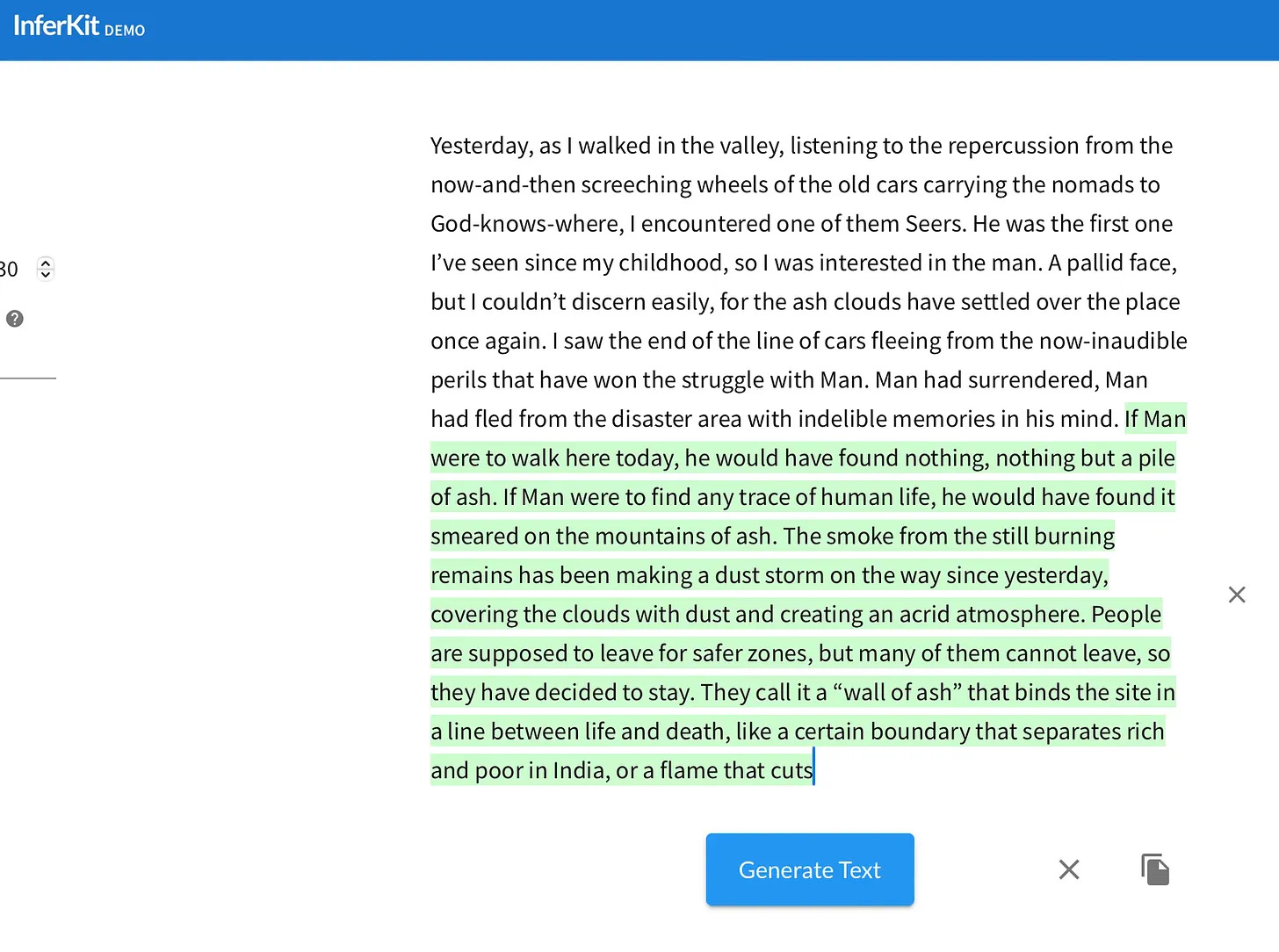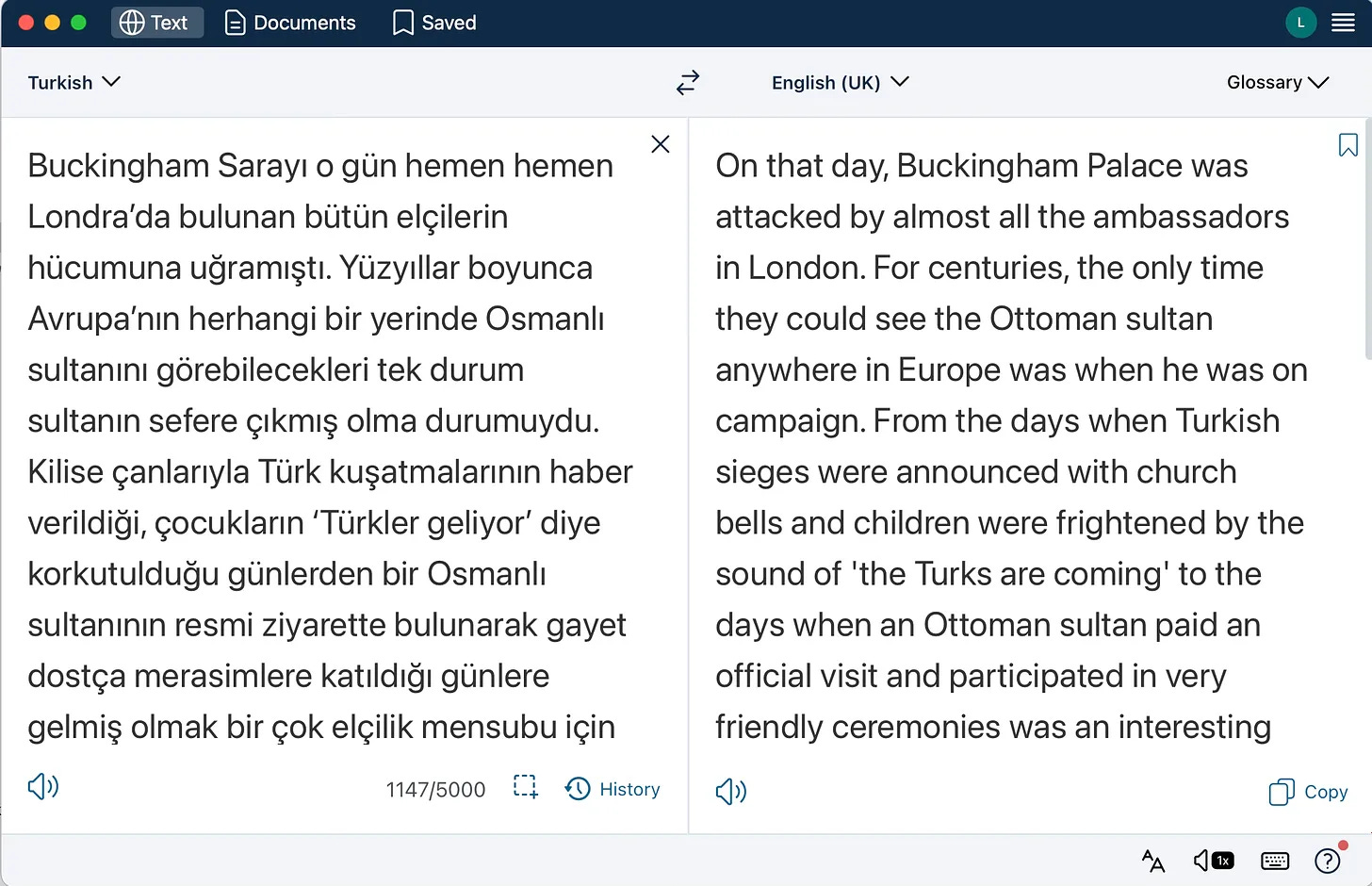Generative AI - Part 3 - Text Generation - Bard, Bing, Llama and others
Investigation
Google Bard
Google Bard is Google’s answer to ChatGPT. Similar to ChatGPT being the chatbot built upon the Large Language Model (LLM) named GPT, BARD is a tool built upon the LLM Pathways Language Model (PaLM 2).
The advantage Bard has is that apart from using what is in its massive data and the huge neural network, it also does Google searches for tasks that seem to be outside it comfort zone, thus could come back with better up-to-date data.
I tried the same prompt about an academician coming back to Turkey with Google Bard and tried to compare the results.
The tone of the story sounds very similar, which could be attributed to the similarity of the training data.
I wanted to give Bard the same chance, namely the chance to explain himself. The result is similar, albeit slightly less detailed and technical.
Google seems to have noticed the practical use of such a tool and has tied it to so-called “extensions” that are basically interfaces to other Google services.
Microsoft Bing
Bing is an interesting case, since it was an existing browser-based search engine before the Generative AI hype started. Microsoft has now built a generative tool under the same brand name and is offering it to users.
I’ve asked Bing to write for me the story of the academician coming back to Turkey from London after 25 years. Here is the result.
Now you know the drill. Very similar story. You can already see the potential and also the danger for writers who might be willing to use Generative AI to complete text they have started and possibly got stuck at.
I tried the author adjectives task on Bing as well and got very similar results (except for getting Morrisonian for Toni Morrison and Christiesque for Agatha Christie).
Llama 2
This is an LLM from Meta (formerly Facebook). It has 7 billion to 70 billion parameters and is open source. It has been pre-trained on 2 trillion tokens (words) and has a context window of 4096.
There is a code generation model built on top of Llama 2 and can generate code in several languages including Python, C++, C# and Java.
There are several implementations for a front-end to Llama but not a single robust one yet.
I tried out several of the tasks I had used with ChatGPT with the Llama 2 implementation at https://www.llama2.ai. I did not notice a significant difference.
Grammarly
I had previously used Grammarly for checking grammar, style and spelling. They’ve now introduced GrammarlyGo, a generative AI tool. It gives the user 100 free prompts per month in the free version. I tried my now-familiar prompt about an academician returning to Turkey after 25 years and I got a very similar response.
Google Gemini
Planned for a December 2023 release, Google Gemini is claimed to be better than ChatGPT 4. It is a multimodal model, able to generate text, images and other formats. It is being trained on Google’s system like YouTube and is expected to be the largest LLM to be produced. The rumour is that Gemini might use additional techniques lie Tree of Thought ( a prompt engineering technique), which will allow the Chatbot to backtrack in its search for solutions to complex prompts.
InferKit
InferKit is an interesting case. It is a text generator (still in demo mode), but more of a text-completion tool. It is obvious that the embedded neural network has language understanding, but it’s used to continue the text you provide it. The text below in black is the one I provided it and the one in green is what it produced. I had provided the tool the beginning of one of my science-fiction stories and I must say it captured the atmosphere and produced a passable text that can be used to bluff through.
The free mode allows 10000 characters per week and there are pro versions for $20 providing 600,000 characters and for $80 providing 2.5M characters per month. It could be really useful for speechwriters and possibly even authors having difficulty to complete their work after they’ve produced the majority of it.
Translators
DeepL
This is a neural-net supported translation system produced by DeepL SE, a German software company. It has a free level of subscription and a Pro level that gives the user unlimited amount of translation, translating documents etc.
I had a quick look and tested a few texts. It is difficult at this moment to evaluate whether DeepL translation is better than Google Translate or similar non-AI services, but I already saw the problems in machine translation in the form of the algorithm not getting the nuances and semantic understanding. In the text below which is translated from Turkish to English, the first paragraph refers to all ambassadors “flocking” to Buckingham Palace to witness the first ever Ottoman Sultan visit to Britain. DeepL interpreted the Turkish word used and translated it as “attacked”, which is of course missing the semantics.
(to be continued…)


